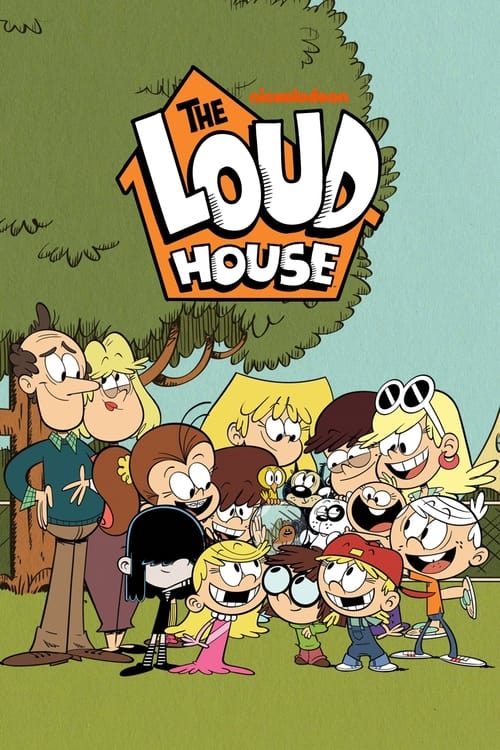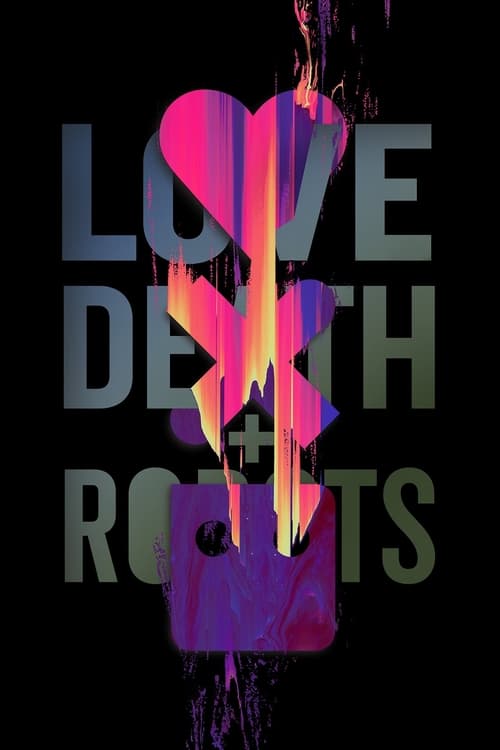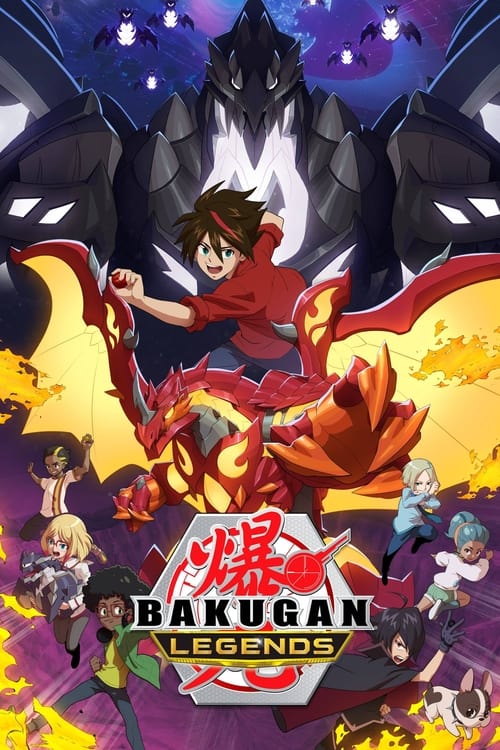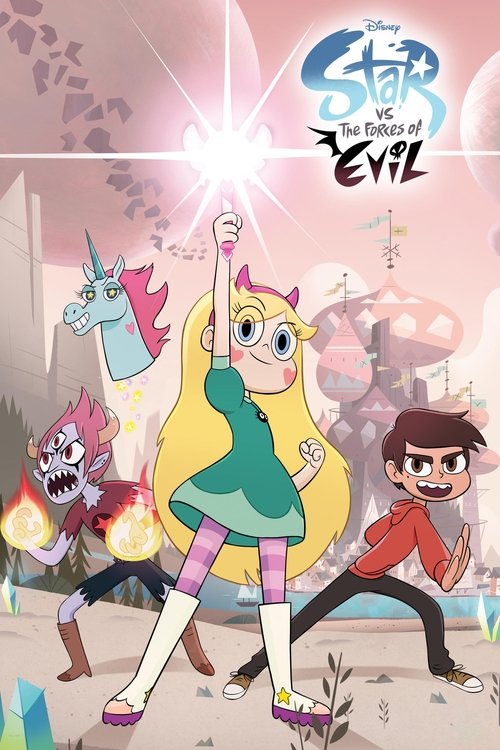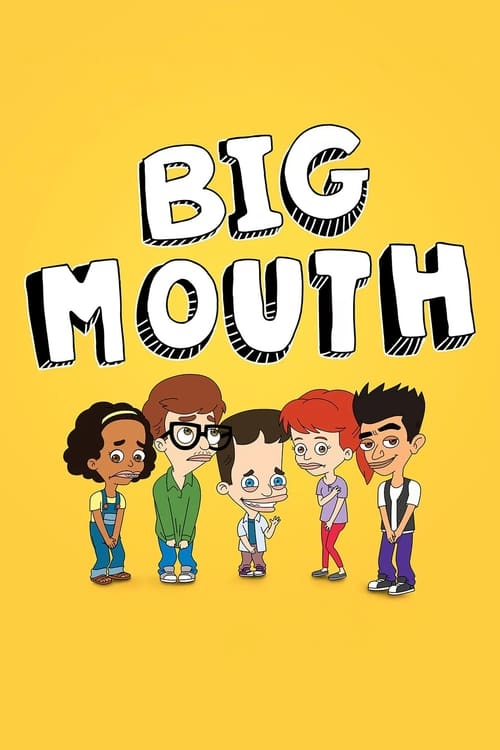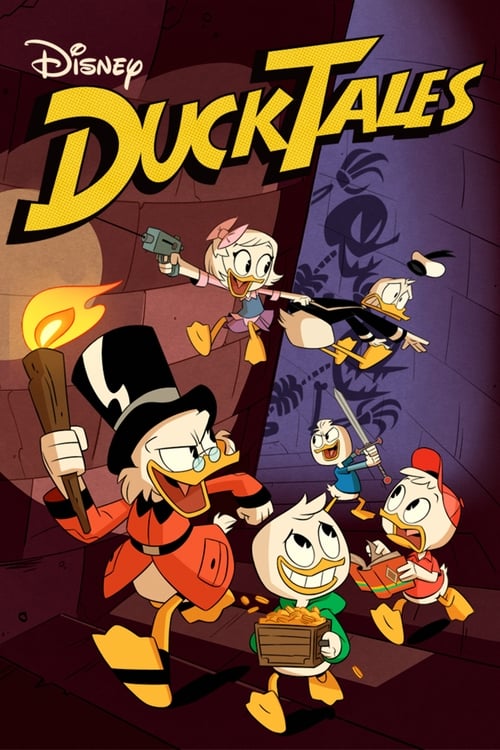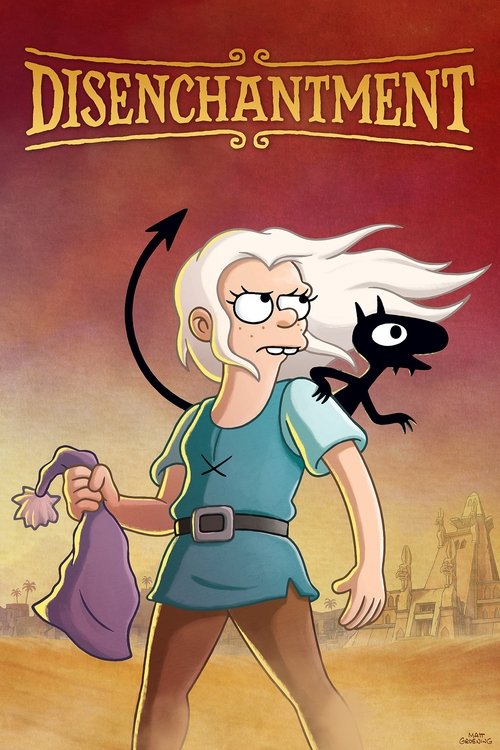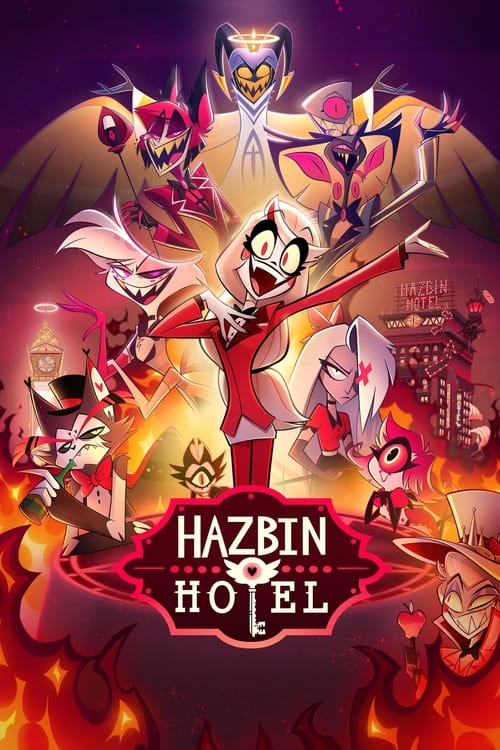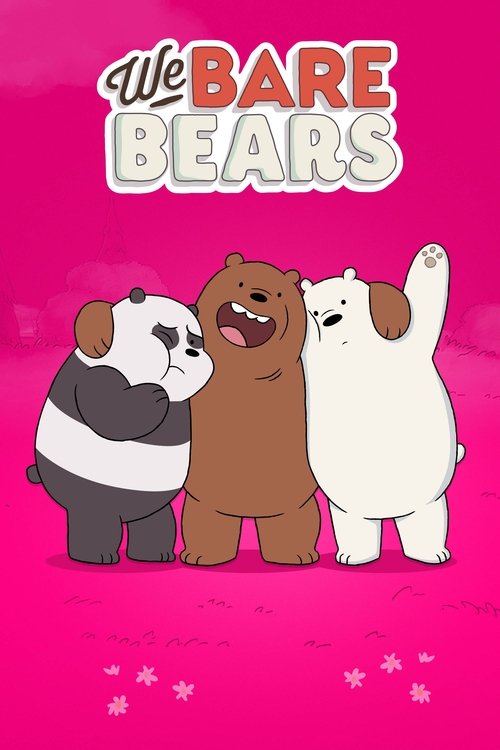
Ask Your Own Question
What is the plot?
In the episode "Dance Mode," Bluey and Bingo are playing a game where they dance whenever their dad, Bandit, says "dance mode." The girls are excited and start showing off their dance moves. Bandit, enjoying the game, encourages them to be creative and have fun. As they dance, Bandit pretends to be a judge, giving them scores and feedback, which makes the girls even more enthusiastic. The playful atmosphere is filled with laughter and joy as they take turns dancing and cheering each other on.
The scene shifts to the backyard, where Bluey and Bingo decide to take their dance game to the next level. They invite their friends, Coco and Snickers, to join in. The girls explain the rules of dance mode, and the friends quickly get into the spirit of the game. Each child takes turns showcasing their unique dance styles, and Bandit continues to play the role of the judge, providing humorous commentary and exaggerated scores. The energy is high, and the children are fully engaged in the fun.
As the game progresses, Bluey becomes increasingly competitive, wanting to outshine her friends. She starts to focus more on winning rather than enjoying the dance itself. This shift in motivation creates a subtle tension among the group, as Bingo and the others notice Bluey's change in attitude. Despite this, they continue to dance and support each other, trying to keep the mood light and fun.
In a pivotal moment, Bluey decides to perform a complex dance move that she has been practicing. She is determined to impress Bandit and her friends. However, when she attempts the move, she stumbles and falls, feeling embarrassed and frustrated. This moment of vulnerability leads Bluey to realize that the joy of dancing is more important than winning. She takes a moment to collect herself and decides to encourage her friends instead, showing them that it's okay to make mistakes.
The episode culminates in a final dance-off where all the children come together to perform a group dance. They incorporate each other's moves, celebrating their individuality while also working as a team. Bandit, still in his role as the judge, praises their collaboration and creativity. The atmosphere is filled with laughter and camaraderie, reinforcing the idea that playing together and having fun is what truly matters.
As the episode wraps up, Bluey and her friends share a moment of reflection, realizing that the best part of the game was not about winning or losing, but about enjoying each other's company and expressing themselves through dance. The scene fades out with the children happily dancing together, embodying the spirit of friendship and joy.
What is the ending?
In the final episode of Bluey Season 2, titled "The Show," Bluey and Bingo put on a performance for their dad, Bandit. The episode concludes with Bandit enjoying the show, and the girls feeling proud of their creativity and teamwork.
As the episode begins, Bluey and Bingo are excitedly preparing for a show they want to perform for their dad, Bandit. The living room is filled with colorful props and costumes, showcasing the girls' imaginative spirit. Bluey, with her vibrant energy, takes the lead in organizing the performance, while Bingo, a bit more reserved, is eager to participate but also feels the pressure of the spotlight.
The scene shifts as the girls gather their props, which include a mix of toys and household items. They discuss the storyline of their show, which involves a heroic adventure. Bluey enthusiastically suggests various ideas, her eyes sparkling with creativity, while Bingo nods along, occasionally adding her own thoughts. The dynamic between the sisters is evident; Bluey is the confident leader, while Bingo is the supportive yet slightly anxious participant.
As they rehearse, Bandit enters the room, intrigued by the commotion. The girls excitedly explain their plans, and Bandit, embodying the role of an encouraging father, expresses his enthusiasm for their creativity. He offers to be the audience, which makes Bluey and Bingo beam with pride. This moment highlights the importance of family support in nurturing creativity.
The performance begins, and the living room transforms into a stage. Bluey takes on the role of the hero, while Bingo plays the sidekick. Their imaginative storytelling unfolds with vibrant gestures and exaggerated expressions, drawing Bandit into their world. The girls' laughter and playful banter fill the room, showcasing their bond and the joy of imaginative play.
As the show progresses, there are moments of improvisation and unexpected twists, reflecting the spontaneity of childhood creativity. Bandit, fully engaged, reacts with laughter and applause, encouraging the girls to continue. His genuine enjoyment reinforces the theme of parental support and the joy of shared experiences.
The performance culminates in a grand finale, where Bluey and Bingo, filled with excitement and a sense of accomplishment, take their bows. Bandit claps enthusiastically, his pride evident as he praises their creativity and teamwork. The girls, flushed with happiness, share a moment of triumph, realizing the joy of creating something together.
In the closing scene, the girls cuddle up to Bandit, basking in the warmth of their family bond. The episode ends on a high note, emphasizing the importance of imagination, creativity, and the loving support of family. Bluey and Bingo, having successfully put on their show, feel a deep sense of satisfaction and connection, leaving the audience with a heartwarming reminder of the joys of childhood and family togetherness.
Is there a post-credit scene?
In Season 2 of Bluey, there are no post-credit scenes. Each episode concludes with a brief moment that wraps up the story, but they do not include additional scenes after the credits. The focus remains on the main narrative and the lessons learned throughout the episode, allowing viewers to reflect on the themes presented without any further content after the credits roll.
What is the main conflict in the episode titled 'Sleepytime'?
In the episode 'Sleepytime', the main conflict revolves around Bingo's struggle to fall asleep. As she drifts into a dream, the episode explores her imaginative journey through a whimsical dreamscape, where she faces various challenges, including the need to find her lost toy, which symbolizes her comfort and security. The emotional stakes are high as Bingo navigates her fears and desires, ultimately leading to a heartwarming resolution when she wakes up and finds her toy beside her.
How does Bluey and Bingo's relationship evolve in the episode 'The Show?'
In 'The Show', Bluey and Bingo's relationship is tested as they engage in a playful yet competitive game of putting on a show for their dad, Bandit. Bluey initially takes charge, wanting to create a grand performance, while Bingo feels overshadowed and struggles to find her place. The tension escalates as Bingo feels left out, leading to a moment of emotional vulnerability. Ultimately, Bluey learns the importance of collaboration and inclusivity, leading to a heartfelt reconciliation where they both contribute to the show, strengthening their bond.
What lesson do Bluey and Bingo learn in the episode 'Trampoline'?
In 'Trampoline', Bluey and Bingo learn about the importance of patience and taking turns. The episode begins with the excitement of jumping on the trampoline, but soon turns into a lesson when they both want to jump at the same time. Their initial enthusiasm leads to frustration and conflict, as they struggle to share the space. Through a series of playful interactions and a little guidance from their dad, they come to understand that waiting for their turn can be just as fun, ultimately leading to a joyful experience where they both enjoy jumping together.
What is the significance of the character Coco in the episode 'Coco's Party'?
In 'Coco's Party', Coco plays a pivotal role as Bluey and Bingo's friend who is hosting a birthday party. The episode highlights themes of friendship and social dynamics as Bluey and Bingo navigate their feelings of excitement and anxiety about attending the party. Coco's character embodies the joy of celebration, but also the challenges of hosting, as she tries to manage her guests' expectations. The emotional depth is revealed when Bluey and Bingo realize the importance of being supportive friends, leading to a heartwarming moment of camaraderie as they help Coco enjoy her special day.
How does the episode 'Muffin Cone' explore the theme of imagination through Bingo's character?
In 'Muffin Cone', Bingo's character is central to exploring the theme of imagination. The episode begins with Bingo pretending to be a dog at a café, serving her family delicious 'muffin cones'. As her imagination takes flight, she creates an elaborate scenario where her family members are customers, each with their own quirky requests. The playful interactions highlight Bingo's creativity and the joy of role-playing. However, the episode also touches on the challenges of maintaining that imaginative play when faced with reality, as Bingo learns to balance her fantasy with the needs of her family, culminating in a delightful and imaginative experience for everyone involved.
Is this family friendly?
"Bluey" is widely regarded as a family-friendly show, designed for young children and their families. The series focuses on themes of imagination, play, and family dynamics, often portraying relatable situations that resonate with both children and adults.
While the show is generally positive and uplifting, there are a few moments that might be considered slightly challenging for very sensitive viewers:
-
Conflict Resolution: Some episodes depict minor conflicts between characters, such as disagreements or misunderstandings, which may evoke feelings of frustration or sadness in young viewers. However, these are typically resolved in a constructive manner.
-
Emotional Moments: Certain scenes may touch on feelings of disappointment or loss, such as when a character feels left out or struggles with a challenge. These moments are handled gently but may elicit empathy or concern.
-
Silly Scares: There are instances of playful scares or surprises, like characters pretending to be monsters or engaging in spooky play. While intended to be humorous, they might be unsettling for very young or sensitive children.
Overall, "Bluey" maintains a light-hearted tone and emphasizes positive messages about family, friendship, and problem-solving, making it suitable for its target audience.





